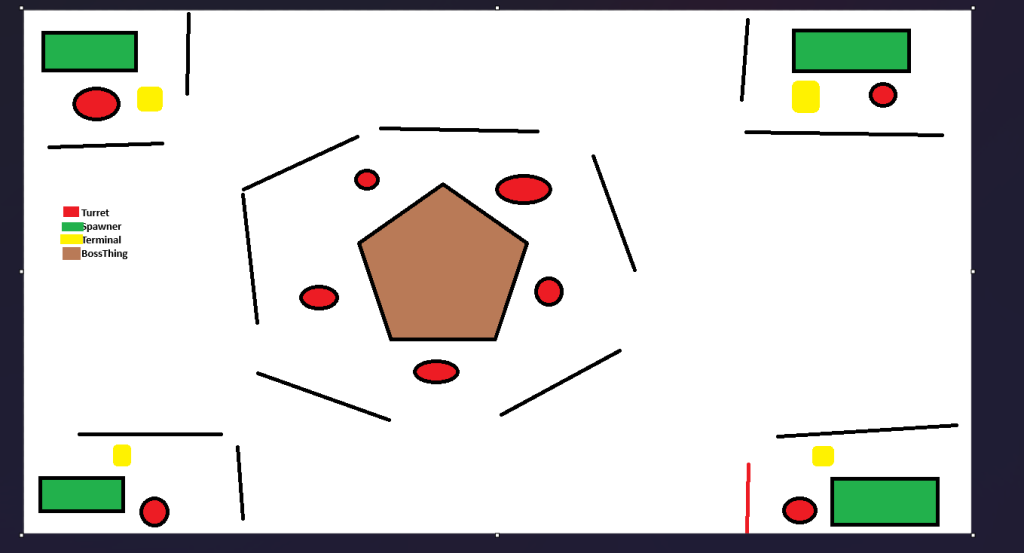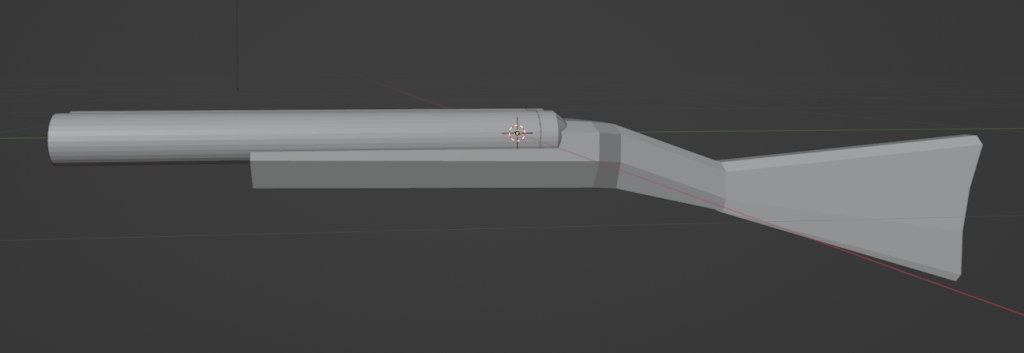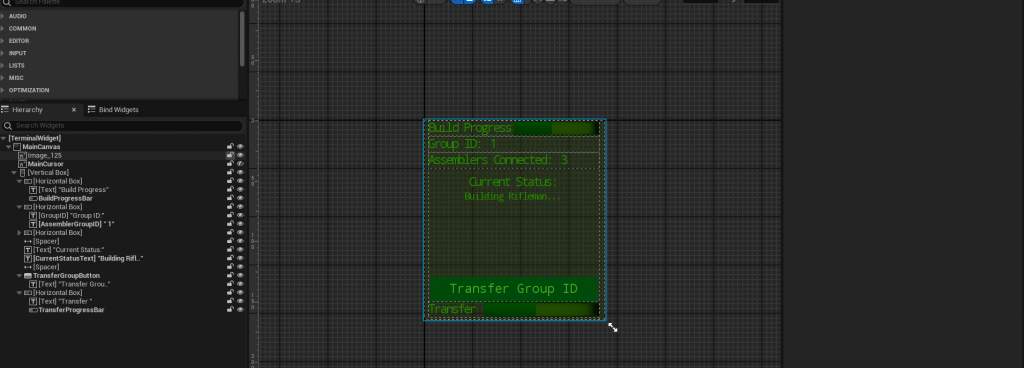So I was looking back at the last thing that I made for planning and I already see the inherent problem is that I never made a “Game” sequence in addition to the boss building. In that vein what I was thinking is: This seems simple enough but there’s a few mechanics I do not […]
This might be too big
Working the level side of things….I might need to downscale this one. Also made a very long track that I want to compress So I seem to have a theme here…
I found a preset that lets me rip off hotline miami’s soundtrack
If you don’t know what I am talking about: https://soundcloud.com/devolverdigital/sets/hotline-miami-official The synth are the little stabs in the background that are present after that drop sound thing.
CYBER SPHYNX
I’m digging this kinda vibe for the boss thing. Probably going to work on the game part a bit more Friday.
Zap
Put the turret in game and nearly went deaf trying to make a good laser sound. I was trying to use electric with operator to make a good “wirrr ZAP” sound. But I ended up just making garbage that made my head hurt (Lower your speakers before playing) I also made a scorch mark decal […]
I moved (LooppegMafia)
Frightening Lamp Post
I got stuck on making the “boss” spawner thing so I decided to think more about what’s defending this boss area rather than the spawner itself. So I came up with this: Which is just kinda a stick with a gun ontop….that being said I kinda dig it. I’m going to put some more time […]
Meh/Unreleased game
I have so much trouble trying to model the stock for a side by side. I had an old game concept that I had a single barrel which looks pretty sketch. It kinda looked right but if you zoom in you see some issues: The original game I was calling “shotty” and the idea was […]
“Stay a while and Listen”
I added some visitor analytics to wordpress via a custom plugin As a non-web programmer this was surprisingly easy…Only because I have AI. Claude AI was able to throw everything into a script and threw it into a zip file and installed it into wordpress. A apart of me feels like I cheated but at […]
“Building in progress”
(Ignore the messed up ragdoll) Sidebar:If you attempt to pull a widget ui on construction rather than beginplay you’ll get a pointer that is valid but isn’t aligned with the actual game pointer. My guess is that unreal setups UI placeholders in memory before begin play (Probably why they mark most UI elements as “DONT […]








